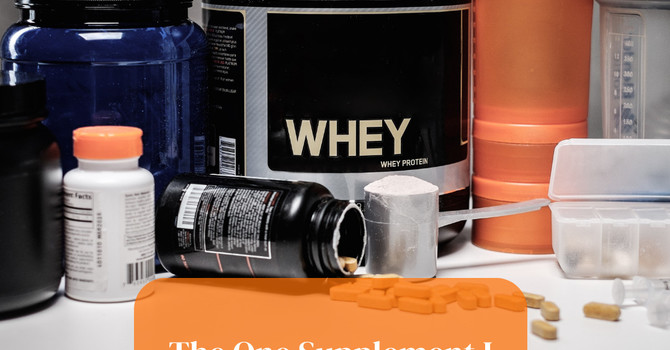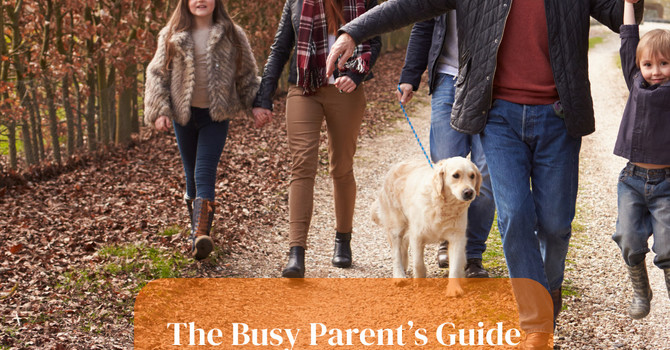One of the most common personal goals that physical therapists hear from patients is, 'I want to be able to sit on the ground to play with my kids or grandkids.' In today’s world, convenience and efficiency are often prioritized, and the simple act of getting up and down off the floor is easily overlooked. However, this fundamental movement is more than just a daily activity—being able to do so with minimal support is a key indicator of overall health and functional fitness. Researchers have demonstrated this through studies conducted between 1985 and 2014. Mastering this skill is essential for maintaining a vibrant and active lifestyle.
Challenge yourself by taking the sit-stand test. This test requires you to lower yourself to the floor, sitting cross-legged, without using your hands, knees, or arms for support. If you can stand back up again without using your arms or hands, you score a perfect 10. Each time you need to use your arms for support, you lose one point.
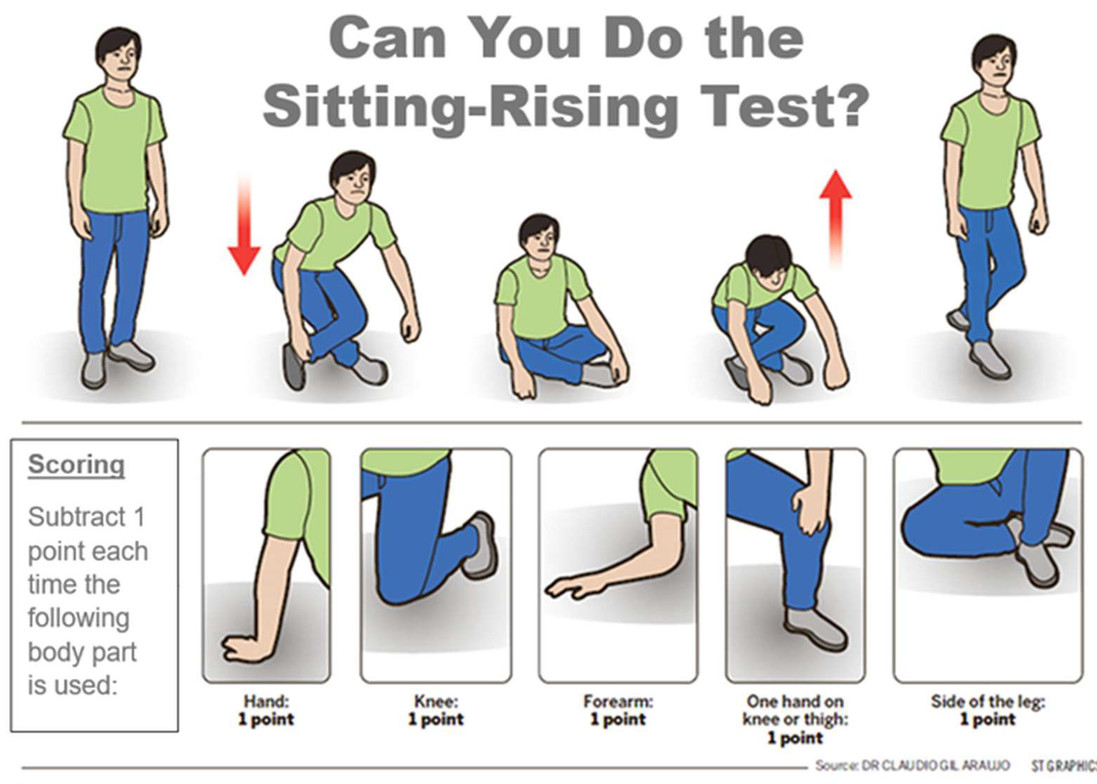
Being able to move seamlessly from sitting to standing positions on the floor enhances your functional fitness. Exercises that improve your floor mobility will boost your overall strength, flexibility, and coordination, making daily tasks easier. Playtime with the kids or grandkids just got more comfortable!
A key factor in preventing falls as we age is maintaining the ability to move safely, especially when transitioning from the floor to standing or vice versa. Injuries can be greatly reduced by practicing movements that simulate getting up and down. Sitting on the floor and engaging in activities with your kids, or simply practicing on your own, helps strengthen the muscles involved in balance, thus minimizing your risk of falling.
The more time you spend on the floor, the more you stimulate your core and lower body muscles, promoting strength. A strong core and lower body reduce the risk of low back pain, enhance balance, and support efficient movement patterns throughout your everyday life.
Not only does the ability to sit on the floor have a major impact on your physical well-being, but it also has a mental component. Being able to get up and down from the floor with ease can significantly boost your confidence, allowing you to engage in a variety of activities without fear or hesitation. When you feel confident about sitting on the floor and getting up, you are more open to a spontaneous game with your kids or even that yoga class you’ve been hesitant to try.
For parents, grandparents, caregivers, or anyone with kids in their lives, being able to get up and down from the floor is vital for engaging in play with them. Whether it’s building forts, playing with toys, or participating in floor-based games, this ability allows for more meaningful and active interactions with your kids. It enhances bonding and creates memorable experiences for both you and your children.
Here are six exercises to help you sit on the floor and rise with ease. Remember, this takes daily practice. Look for those moments with the kids and don’t be afraid to get on the floor and involve them in your exercises.
1. Seated Crisscross
Why: Strengthens the muscles in the back, stretches the knees and ankles, and opens the hips, groin, and outer thigh muscles.
How: Sit on the floor with your knees wide and legs crossed at the shins. Position each foot behind the opposite knee and set your pelvis in a neutral position. Sit tall, avoiding arching or hunching your back. Stay in this position as long as tolerated, focusing on proper breathing. Switch legs and repeat.
Modifications: Sit with your back against a wall, sit on an elevated surface such as a yoga block, or place a pillow or rolled towel under your knees for support.
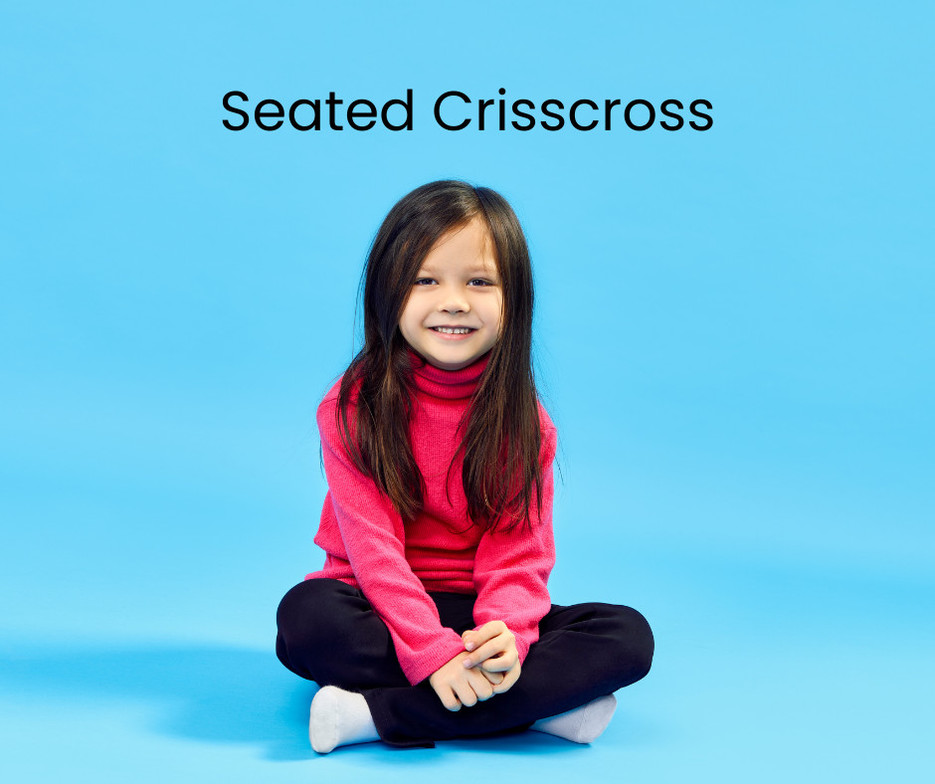
2. Hamstring Stretch
Why: Promotes improved flexibility, which can enhance lumbar, knee, and hip range of motion. Helps reduce the risk of injury and can provide relief from back pain.
How: Sit on the floor with both legs straight out in front of you. Keep your knees straight and slowly hinge forward at the hips. Once your hips no longer allow you to hinge forward, slowly round your back to deepen the stretch. Hold for a deep breath or two, relax, and repeat.
Modifications: Reach as far as you are able, even if it’s just to your shins instead of your toes. You can also modify this stretch by lying on your back and using a strap, belt, or towel to elevate one leg while keeping the knee straight.

3. Figure 4 Stretch
Why: Helps release tension in the glute muscles, aiding in hip mobility and stability. Targets the deep gluteal muscle called the piriformis, through which the sciatic nerve passes.
How: Lie flat on your back with both knees bent and feet flat on the floor. Cross one leg over the other so that the ankle rests on the opposite knee. Use your arms, or a strap, belt, or towel wrapped around the uncrossed leg, to gently lift that leg off the ground. You should feel a stretch in the glute of the crossed leg.
Modifications: Keep your uncrossed foot on the ground and gently press at the knee of the crossed leg with your hands.
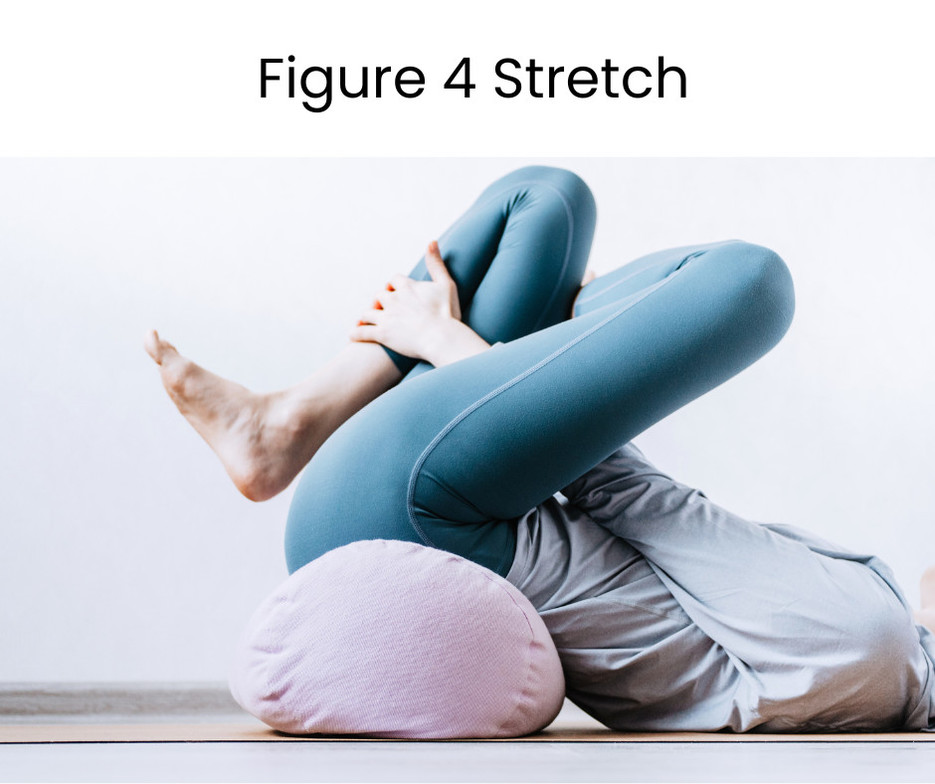
4. Kneeling Get-Up
Why: Enhances overall mobility and motor control. Improves strength and stability in the core, hips, and upper body.
How: Start by standing with your feet parallel and slightly wider than shoulder-width apart. Slowly bend your knees and hips, lowering into a squat position until the tops of your thighs are parallel to the floor. From this squat position, step one foot back and place that knee on the floor. Repeat with the other foot to reach a tall kneeling position. Reverse the movement by stepping one foot forward at a time to return to the squat position. Alternate the foot you lead with each time.
Modifications: Use your hands on your knees if needed, or place your hands on the back of a stable chair, table, or countertop for support until your legs become stronger.
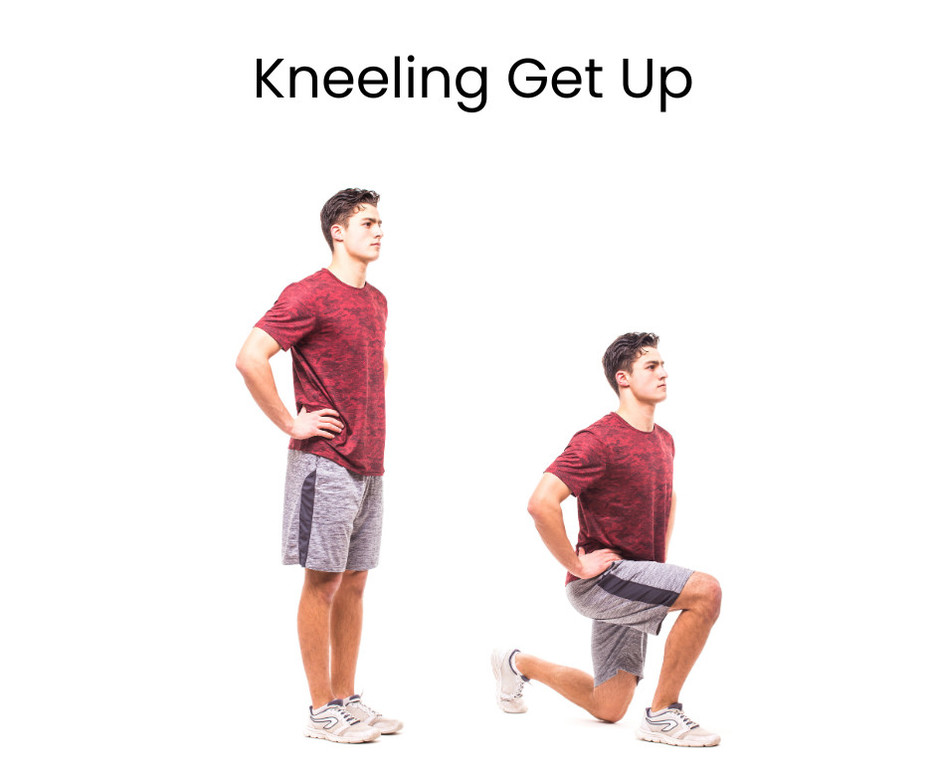
5. Side Plank
Why: Helps develop a strong, stable core while also strengthening your glutes, hips, and shoulders.
How: Lie on your side and prop yourself up on your forearm, ensuring your shoulder is stacked over your elbow. Press through your forearm to keep your shoulder away from your ear, maintaining a long neck. Extend your legs and either stack your upper foot on top of the lower one, or stagger your feet so both are on the floor. Press through your base arm and feet to lift your body off the floor. Engage your core and the muscles of your supporting arm and legs, keeping your hips elevated. Hold the position for three deep breaths (20 to 30 seconds). Relax, then repeat on the other side.
Modifications: Perform the exercise with both knees on the ground instead of stacking or staggering your feet with extended knees.
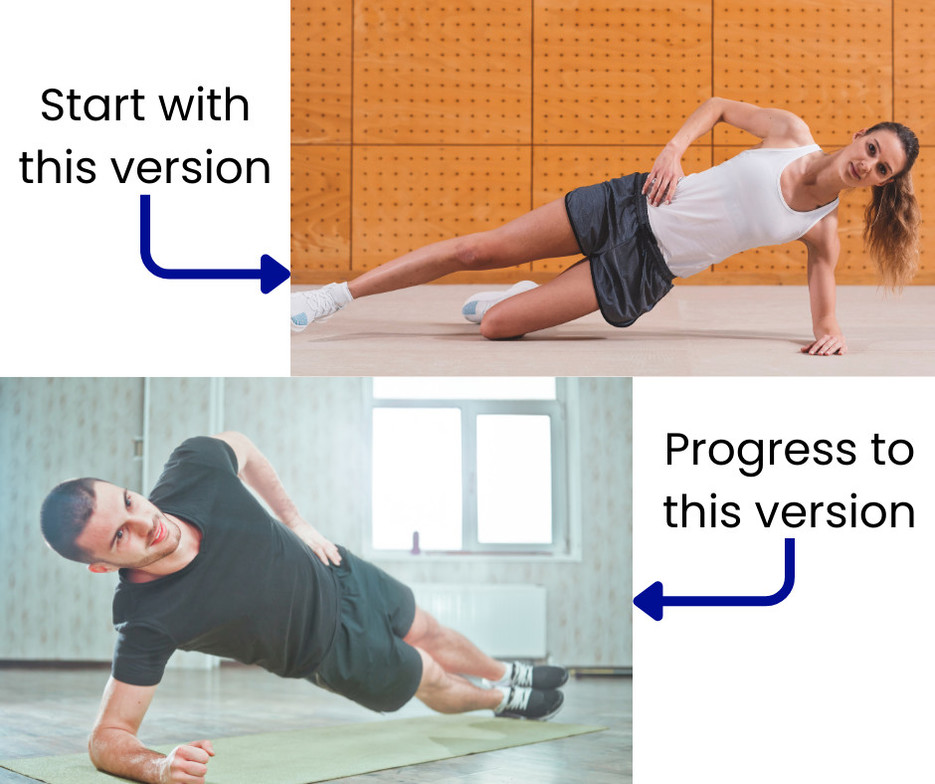
6. Bird Dogs
Why: Strengthens and stabilizes the muscles along the spine, abdominal muscles, glutes, and shoulders. These muscles help improve movement control and overall stability, promoting better balance and posture.
How: Start on all fours with your hands directly under your shoulders and your knees under your hips. Extend your right leg straight behind you while simultaneously reaching your left arm out in front, parallel to the ground. Keep your core engaged and ensure your back remains straight, not hunched or arched. Tighten all the muscles involved.
Modifications: To make this exercise easier, keep your hands firmly planted and extend only one leg at a time. Once you can perform this with proper form, progress to extending the opposite arm as well.

Keep in mind that this program is a guide and should not be performed if any of the above exercises cause increased pain. If you are struggling with sitting on the ground or getting up from the ground, it may be time to see a physical therapist to address these difficulties. At Waystone Physical Therapy, our expert team can help you regain mobility and strength, so you can get back to playing on the ground worry- and pain-free. Contact us today to schedule an appointment and take the first step toward a more active and enjoyable lifestyle!
.jpg)









